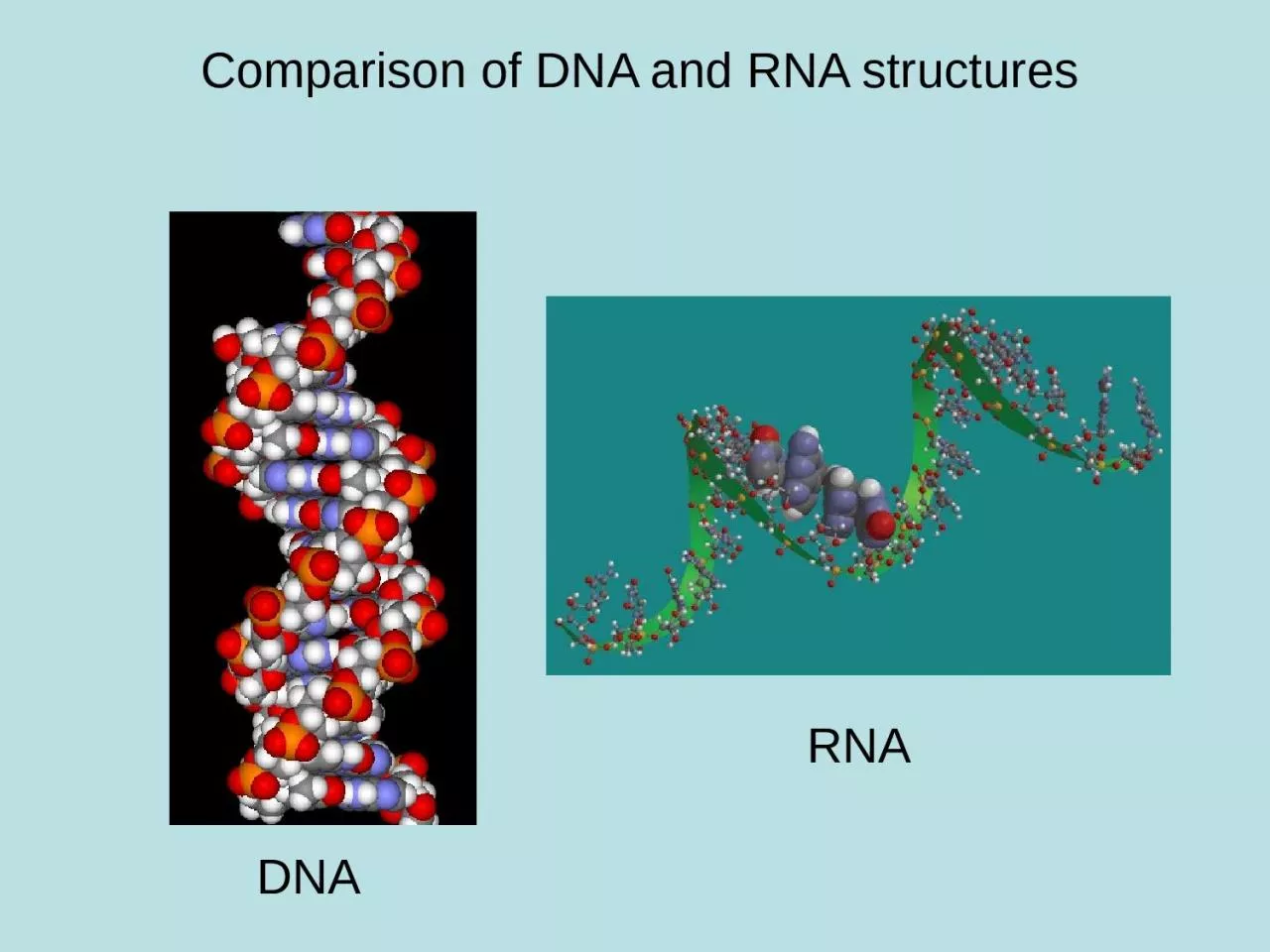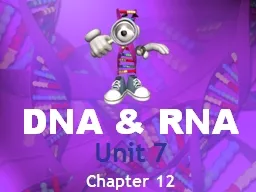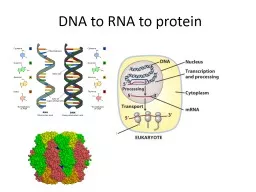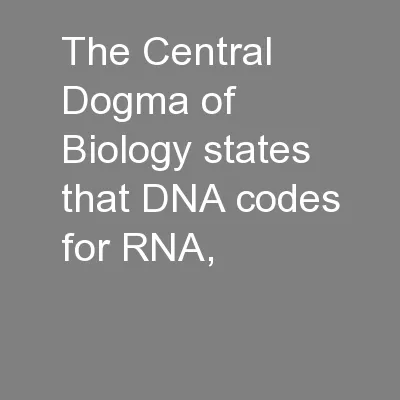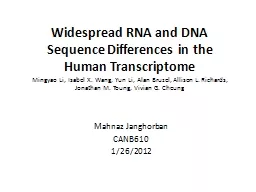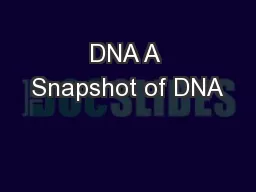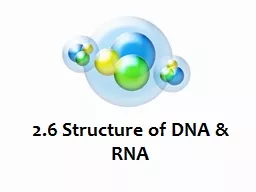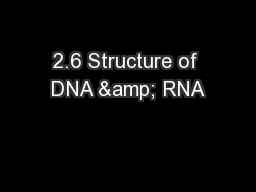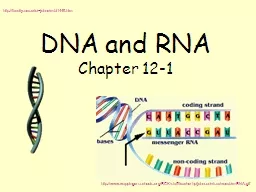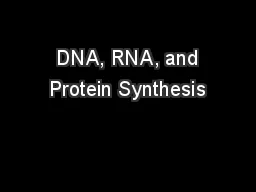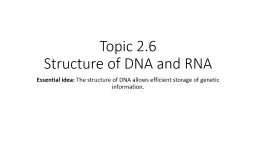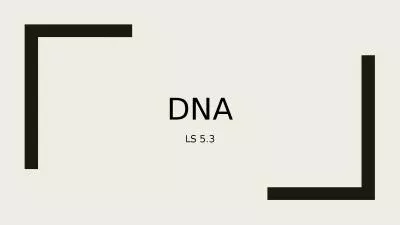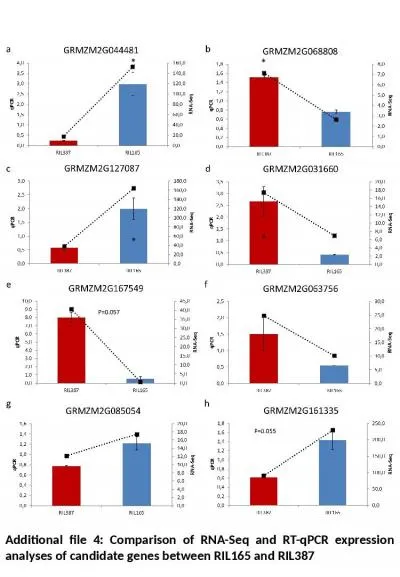PPT-Comparison of DNA and RNA structures
Author : Soulmate | Published Date : 2022-08-04
DNA RNA Whats the difference between DNA and RNA Same basic components base sugar phosphate DNA is double stranded RNA single stranded Purines adenine amp guanine
Presentation Embed Code
Download Presentation
Download Presentation The PPT/PDF document "Comparison of DNA and RNA structures" is the property of its rightful owner. Permission is granted to download and print the materials on this website for personal, non-commercial use only, and to display it on your personal computer provided you do not modify the materials and that you retain all copyright notices contained in the materials. By downloading content from our website, you accept the terms of this agreement.
Comparison of DNA and RNA structures: Transcript
DNA RNA Whats the difference between DNA and RNA Same basic components base sugar phosphate DNA is double stranded RNA single stranded Purines adenine amp guanine Pyrimidines cytosine thymine and uracil. DNA. RNA. PROTEIN. RNA and Transcription. RNA. R. ibo. n. ucleic . A. cid. another type of nucleic acid similar to DNA found in cells. also a polymer made of nucleotides. takes information from the nucleus to the rest of the cell. Unit 7. Chapter 12. DNA. D. eoxyribo. n. ucleic . A. cid. RNA. R. ibo. n. ucleic . A. cid. Where does DNA “live”?. The NUCLEUS!. Why is DNA so Important?. * . DNA i. s a nucleic acid that contains the genetic information used in the development and functioning of all living things and some viruses.. Gene . to . Phenotype. : . The BAD2 gene. . and . fragrance in rice. DNA . sequence specifying . a . protein 200 . – 2,000,000 . nt. (. bp. ). Eukaryotic Gene Structure. Ribonucleic acid (RNA) is a key nucleic acid in transcription and translation. RNA is like DNA except that:. When DNA codes for RNA, the process is called . TRANSCRIPTION. . When RNA codes for proteins, the process is called . TRANSLATION. .. There are 3 types of . rna. , however only mRNA is involved in transcription. Sequence Differences in the. Human . Transcriptome. Mingyao. Li. , Isabel . X. Wang. , . Yun. Li, . Alan . Bruzel. , . Allison L. Richards. ,. Jonathan M. . Toung. , . Vivian G. . Cheung. Mahnaz. . DNA from a few Angles. Cell: . Every cell contains a nucleus which is filled with the directions for cell function, DNA. . Chromosome. : . When DNA is tightly coiled and wound it becomes visible in the form of . Nucleic Acids. What do we know already?. i. . The nucleic acids DNA and RNA are polymers of nucleotides. Nucleotides consist of 3 parts. A 5-carbon sugar – ribose or deoxyribose. A phosphate group (acidic & negatively-charged). 2.6 Structure of DNA & RNA. Understandings:. The nucleic acids DNA & RNA are polymers of nucleotides.. DNA differs from RNA in the # of strands normally present, the base composition & type of pentose.. http://faculty.uca.edu/~johnc/mbi1440.htm. http://www.wappingersschools.org/RCK/staff/teacherhp/johnson/visualvocab/mRNA.gif. GENETIC MATERIAL . In the middle of the 1900’s scientists were asking questions about genes.. Chapter 12 DNA & RNA I.DNA A. Griffith & Transformation Frederick Griffith was trying to figure out how bacteria made people sick-how they cause a certain type of pneumonia. He isolated 2 strains(types) from mice-both cultured well,but only one caused pneumonia.The culture of the disease causing bacteria were __________________colonies while the other was rough Chapters 16 and 17. Before the end of the semester we will be covering…. Historical DNA experiments. Structure of DNA/RNA. DNA Replication. Protein Synthesis (Transcription and Translation). Mutations. Essential idea: . The structure of DNA allows efficient storage of genetic information. . 2.6 Structure of DNA and RNA. Nature . of science: . Using . models as representation of the real world—Crick and Watson used model making to discover the structure of DNA. (1.10) . The . hereditary. material. This is what you get from your parents, and what is passed to offspring during reproduction. A type of . nucleic acid . (recall 4 main biological molecules). A characteristic of all living things. Seq. and RT-qPCR expression analyses of candidate genes between RIL165 and RIL387. Additional file 4: Comparison of RNA-. Seq. and RT-qPCR expression analyses of candidate genes between RIL165 and RIL387.
Download Document
Here is the link to download the presentation.
"Comparison of DNA and RNA structures"The content belongs to its owner. You may download and print it for personal use, without modification, and keep all copyright notices. By downloading, you agree to these terms.
Related Documents

